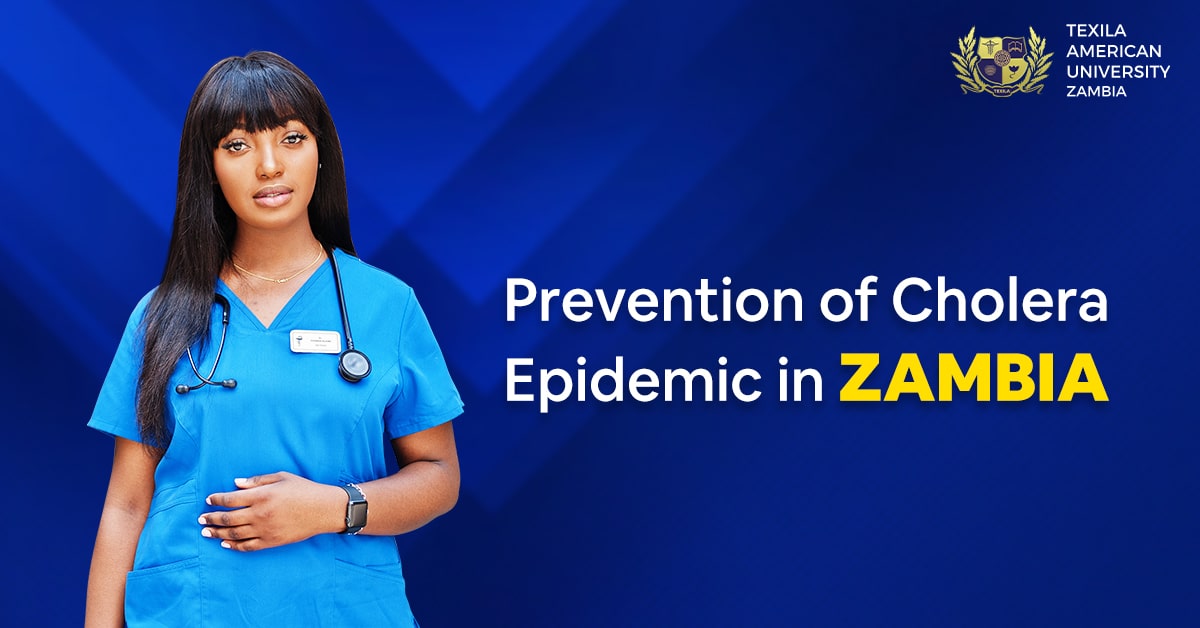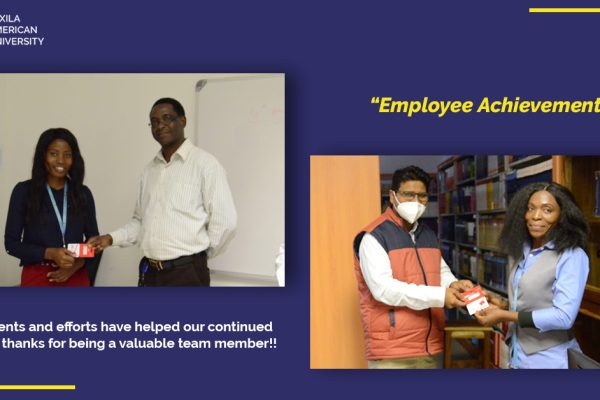|
Tired of Reading? Please listen to the blog
|
Introduction to cholera
Cholera is a diarrhoeal disease caused by infection of the intestine with the bacterium Vibrio cholerae. Children as well as adults can get infected.
In most cases, infection causes only mild diarrhea or no symptoms at all. In 5-10% of cases, however, patients develop very severe watery diarrhea and vomiting from 6 hours to 5 days after exposure to the bacterium. In these cases, the loss of large amounts of fluids can rapidly lead to severe dehydration. In the absence of adequate treatment, death can occur within hours.
Mode of Transmission
A person can become infected by drinking water or eating food contaminated by the bacterium. Common sources of food-borne infection include raw or poorly cooked seafood, raw fruit and vegetables, and other foods contaminated during preparation or storage.
Bacteria present in the farces of an infected person are the main source of contamination. The bacterium can also live in the environment in brackish rivers and coastal waters. The disease can thus spread rapidly in areas where sewage and drinking water supplies are inadequately treated.
Prevention of Cholera in Zambian Population
Drink only water that has been boiled or disinfected with chlorine, iodine or other suitable products. Products for disinfecting water are generally available in pharmacies. Beverages such as hot tea or coffee, People living in high-risk areas can protect themselves by following a few simple rules of good hygiene and safe food preparation. These include scrupulous washing of hands, especially before food preparation and eating, thorough cooking of food and consumption while hot, boiling or treatment of drinking water, and use of sanitary facilities.
1. Avoid ice, unless you are sure that it is made from safe water.
2. Bottled water with unbroken seals and canned/bottled carbonated beverages are safe to drink and use.
3. To be sure water is safe to drink and use
4. To treat your water with chlorine, Add 8 drops of household bleach for every 1 gallon of water (or 2 drops of household bleach for every 1 liter of water) and wait 30 minutes before drinking.
5. Always store your treated water in a clean, covered container.
6. Cook food well especially sea food, Keep it covered , eat it hot ,
7. Wash Fruits and Vegetables before eat ,
8. Avoid raw seafood and other raw foods. The exceptions are fruits and vegetables that you have peeled or shelled yourself.
9. Boil unpasteurized milk before drinking it.
10. Ice cream from unreliable sources is frequently contaminated and can cause illness. If in doubt, avoid it.
– Mr. P.Soundarapandian
Associate Professor – Microbiology











